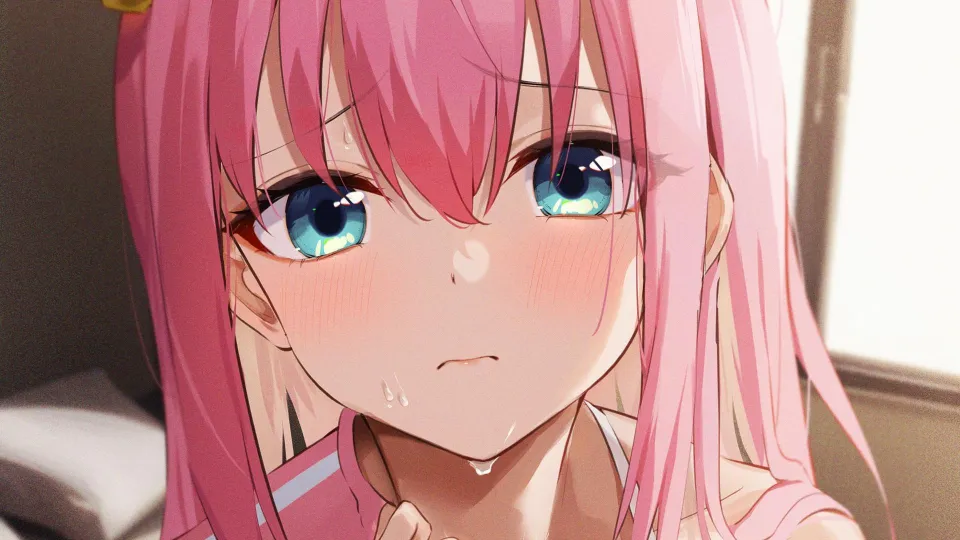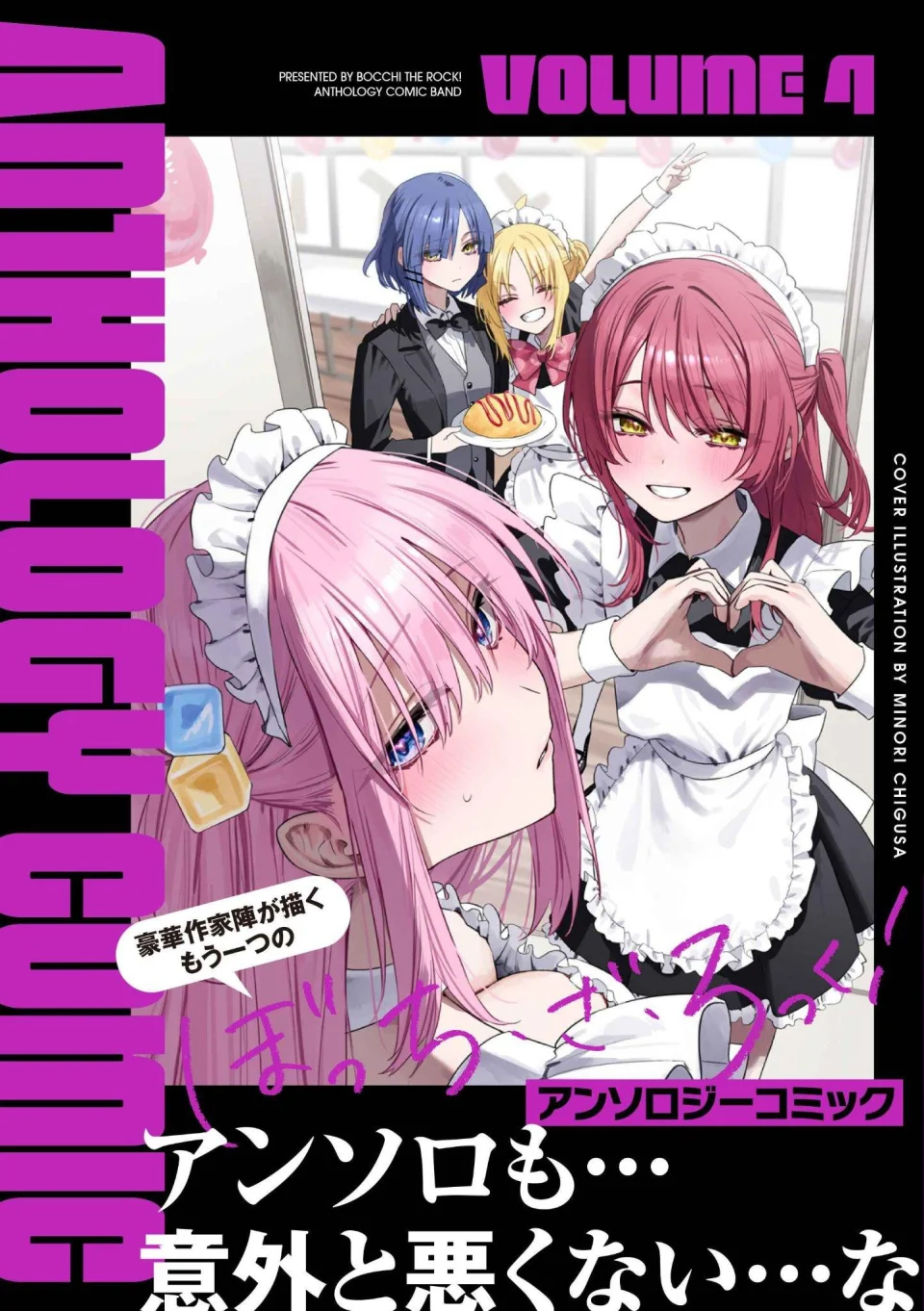Bocchi's 'plot' goes viral again

The latest anthology of "Bocchi the Rock!" has become a hot topic on social media, after one particular panel generated a flurry of comments among fans. In one of the chapters, Hitori Gotou, the protagonist, is shown wearing a bathing suit, which caused Internet users to notice a detail that had gone unnoticed in the anime adaptation: the size and shape of her bust.
- [Click here to see the image in question]

On the panel, Gotou's two breasts fall sideways, an aspect that has caught the attention of many, who commented on the realistic depiction of the female figure compared to other manga and anime works. Some notable comments include:
- "It's definitely the first time I've seen such a well-defined bust... This is a real bust, so men, don't be surprised if a woman lies down and shifts sideways! Gravity is unforgiving. If it doesn't move, then it's breast augmentation."
- "I totally agree! I also thought it was a very defined bust at first. When I read manga and I see the girls going to bed and their cleavage doesn't change shape, I wonder if the author is a man."
- "You can easily tell when someone has a breast augmentation. If you lie down and your cleavage doesn't get flattened, they look artificial and look puffy unnaturally."
- "Those who draw illustrations of large busts, please do this, because it's sexy."
- "Natural busts look like this when lying down. If the bust is rounded and firm when lying down, they are false necklines."
- "I don't know if it's because I've been living without a bra, but when I go to bed, my bust sags so much that the center flattens almost completely and I really like that."
- "Almost all gravure girls don't seem to change shape when they're lying down. It must be that 90% are artificial."
These types of depictions have led to a wider debate about how female bodies are portrayed in anime and manga, with several users noting that exaggerated depictions are often present in the work of male authors, while this particular panel is an example of a more natural and true-to-life representation.
Source: Otakomu

